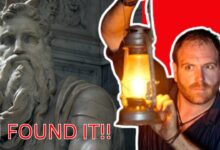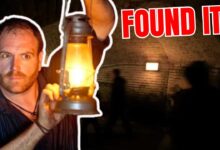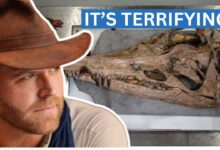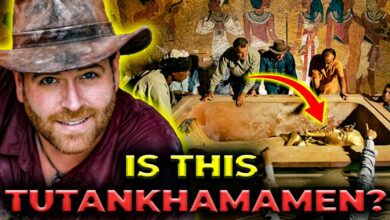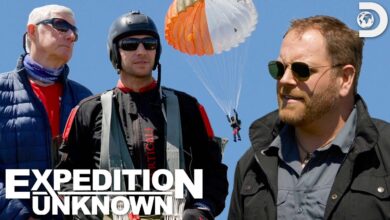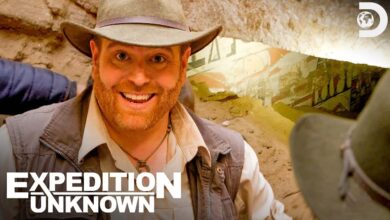State of the Art Tech Reveals Tomb Dates | Expedition Unknown | Discovery
State of the Art Tech Reveals Tomb Dates | Expedition Unknown | Discovery

Hi there, hi, hello, hey, good to see you.
Tim, Josh, this is Tim Canard. How are you?
Nice to meet you. Nice to meet you too.
He’s going to help us understand this better.
Okay, so Tim, tell us what you’re going to do.
I’m going to use a technique called OSL. That stands for optically stimulated luminescence.
Optically stimulated luminescence? That sounds… risky. What is it?
I can tell the last time that this sediment in this burial was exposed to daylight.
How? He’s a witch?
Exactly! Every grain of sand and soil in the tomb contains particles of quartz.
When these particles become deposited in the earth, they begin to accumulate faint amounts of radiation.
OSL measures the radiation and can pinpoint almost exactly when a soil sample was last exposed to light,
which in this case would give us the age of the burial.
So, we’re just going to take a few soil samples?
No, it’s not quite as simple as that.
To do it, I need it to be completely dark.
And he does mean completely. Exposing the samples to even a small amount of light will reset the clock on them,
and make the entire experiment worthless.
So we have to be in complete darkness.
Exactly. So we’re going to have to seal this tomb the way it was intended.
Yeah, sure, sure. Just seal us in here with 12 dead bodies. Okay, sounds scary.
Here we go. So that this advanced tech can unlock the date of this ancient tomb,
Pierce Paul’s team brings in tarps to seal the entrance and we power down our cameras’ bright lights.
Okay, it’s red light only from now on.
Yep, this will not affect the sample.
No, we’re good as it is.
So I’m just cleaning away the sediment that’s potentially been exposed to some white light earlier.
What we need to do is sample the sediment from beneath the skeleton directly into these pots.
Then I’ve got a machine that can tell us luminescence.
Got it!
So there we go, good sample from way underneath.
This is what the samples look like.
Yeah, and you can see the quartz, a little glimpse of light off that irradiated quartz.
That’s right. Okay, so we have our samples.
Yeah, so we’re good. So we’ve got the means now to date the skeleton.
Now I need to take these to St. Andrews to do so.
We’ve got to keep them very dark, so I’m going to seal them in these black bags before we even think of opening them.
Tim? Got it.
Tim seals up his samples for a trip back to his lab where he’ll get the results in a few weeks’ time,
hopefully pinpointing the age of the burial.
